Definition of AI art
Art has always been an evolving form of expression, reflecting the ever-changing landscape of human culture and technology. The latest development in the art world is AI art, a fascinating fusion of creativity and cutting-edge innovation. But what is AI art? In its essence, AI art refers to any form of artistic creation that involves the use of artificial intelligence algorithms to generate, enhance, or manipulate visual or auditory elements.
This revolutionary approach has expanded the boundaries of traditional art, challenging our understanding of creativity and opening new avenues for artistic exploration. As we dive deeper into the world of AI art, we will uncover the magic behind this remarkable intersection of human imagination and technological advancement.
How artificial intelligence art generators work?
AI art generators have been making waves in the art world, offering an exciting new way to produce imaginative and unconventional pieces. These powerful AI tools are designed to create AI art by analyzing and interpreting various forms of input, such as images, sounds, or text, and generating new, unique artwork based on that information.
The process begins with the user selecting the desired inputs and providing guidance on the style or theme they want the AI-generated images to follow. Art generators then use advanced algorithms to learn the patterns and features of the source material, allowing them to create images that incorporate elements from the inputs while introducing novel aspects.
The resulting AI artwork often defies traditional artistic boundaries and pushes the limits of creativity, allowing artists and enthusiasts alike to explore new horizons in the world of art.
The AI Art Process: From Concept to Creation
The process of creating AI art is a unique collaboration between human artists and advanced algorithms. To better understand how AI art comes to life, let’s explore the roles of both the artist and the AI in shaping these distinctive creations.
The artist’s role in shaping AI-generated art
The human artist plays a crucial role in guiding the AI to produce meaningful and aesthetically pleasing art.
Selecting and curating inputs
The artist begins by selecting and curating the inputs that the AI will use during the creative process. These inputs can include images, sounds, or even text, which serve as the foundation for the AI to learn and generate new art. By carefully selecting the source material, the artist can influence the AI’s output, ensuring that it aligns with their creative vision.
Guiding AI algorithms to desired outcomes
Once the inputs are curated, the artist provides additional guidance to the AI algorithm, setting parameters and constraints to steer the creative process towards a specific direction. This guidance can involve adjusting various settings, such as style, color palette, or complexity, allowing the artist to maintain a level of control over the final output while still embracing the unexpected results generated by the AI.
How AI algorithms learn and create
AI algorithms play a vital role in transforming the provided inputs into innovative and unique artworks.
Training on existing artworks
The AI algorithm begins its creative journey by training on the selected inputs. During this phase, the AI analyzes and extracts essential features and patterns from the source material, learning to recognize and understand different artistic styles, elements, and structures.
Generating new, unique pieces
Once trained, the AI algorithm uses its newfound knowledge to generate new, unique pieces of art. By combining and reinterpreting the learned patterns, the AI creates artwork that incorporates elements from the source material while introducing novel and unexpected twists. This fusion of familiar and innovative components results in AI-generated art that challenges conventional artistic boundaries and offers fresh perspectives for both artists and audiences alike.
Best AI generated art tools
The realm of AI-generated art has seen a surge in recent years, with numerous tools emerging to harness the power of artificial intelligence and generate images that push the boundaries of traditional visual art. These AI art generators combine the precision of computer-generated art with the unpredictability of human creativity, resulting in a new wave of artistic expression.
These platforms offer user-friendly interfaces and a wide range of customization options, enabling artists and enthusiasts alike to create one-of-a-kind pieces with just a few clicks. By exploring the capabilities of these cutting-edge AI tools, users can embark on a thrilling journey into the world of AI-generated art and unlock new dimensions of creativity.
Midjourney
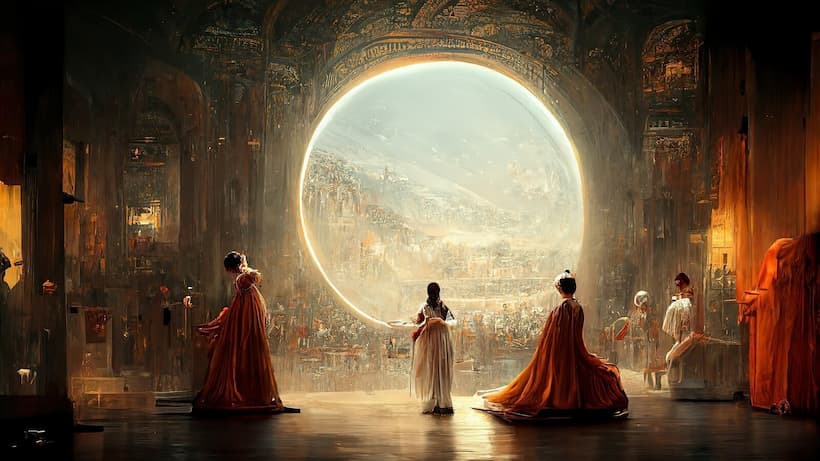
Midjourney is an innovative AI art generator that provides a seamless experience for users to create visually striking and diverse artworks. With its user-friendly interface and a plethora of customizable options, Midjourney allows artists to experiment with various styles and techniques while incorporating the power of AI algorithms.
The platform’s emphasis on collaboration and community engagement further enriches the creative process, enabling artists to share their work, gather inspiration, and embark on a collective journey towards the future of AI-generated art.
RunwayML
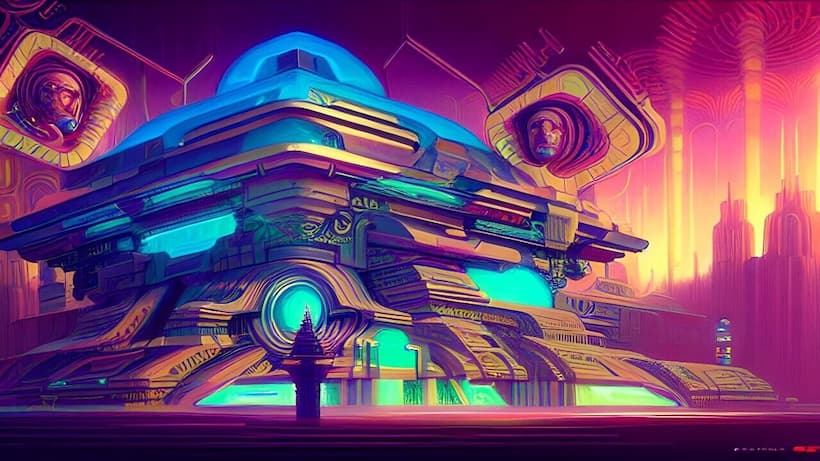
RunwayML is a powerful and user-friendly AI art generator that offers a wide range of creative models to choose from. With an intuitive interface, users can easily experiment with different styles, inputs, and settings to create unique and captivating visuals. RunwayML is known for its real-time collaboration feature, which allows multiple artists to work together on a single project, merging human creativity with the versatility of AI algorithms.
DeepArt.io
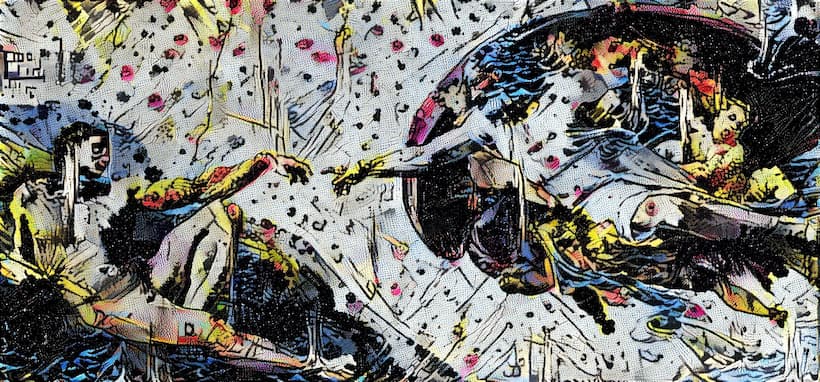
DeepArt.io is an AI-powered art tool that specializes in neural style transfer, enabling users to create stunning images by combining the style of one artwork with the content of another. This platform is perfect for those looking to experiment with various styles, from classical paintings to modern illustrations, and offers a simple and accessible way to produce captivating computer-generated art that reflects the user’s artistic vision.
Artbreeder
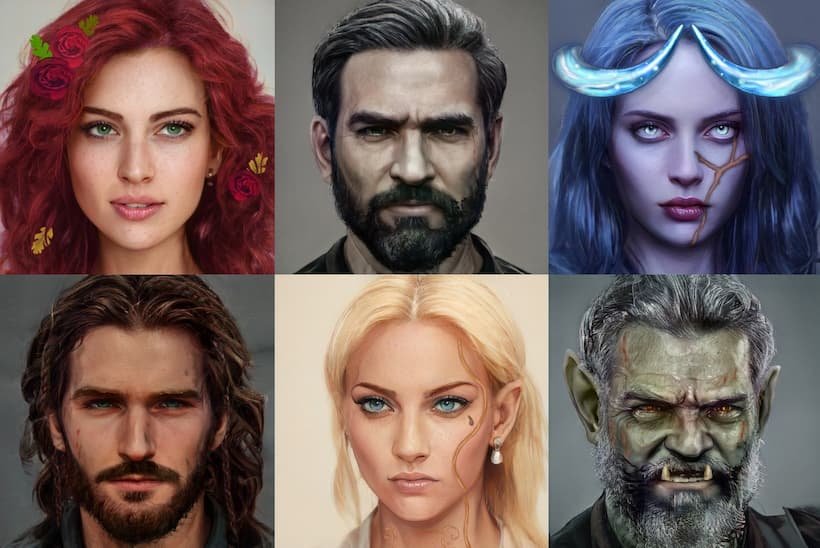
Artbreeder is a unique AI art generator that allows users to create an almost infinite variety of images by blending and evolving existing artworks. With its innovative “breeding” approach, Artbreeder enables artists to explore new visual styles and generate images that are entirely original. The platform also offers a large community of users, who can share their creations and collaborate on projects, fostering a vibrant ecosystem of AI-generated art.
DALL-E
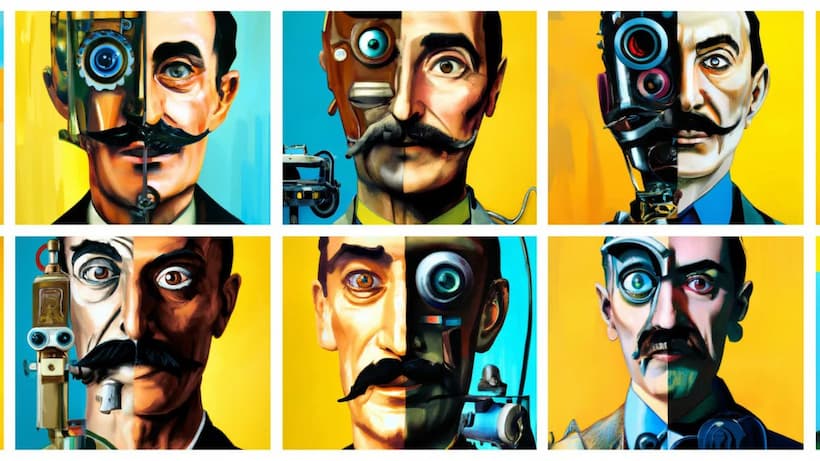
Developed by OpenAI, DALL-E is an AI art tool that specializes in generating images from textual descriptions. By providing a simple text prompt, users can guide the AI to create a wide range of visuals, from realistic scenes to surreal and abstract art. DALL-E’s ability to understand and interpret language makes it an excellent tool for artists who want to experiment with narrative-driven art and explore the relationship between words and visuals.
The Impact of AI Art on Society and the Art World
The impact of AI art on society and the art world has been profound, sparking debates and reshaping the creative landscape in unprecedented ways. As AI-generated art gains traction, it challenges traditional notions of authorship, originality, and the role of human creativity.
The rise of AI art tools has democratized artistic expression, allowing individuals with limited artistic skills or resources to experiment with various styles and techniques. This accessibility has led to a more diverse and inclusive art world, fostering collaboration between AI and human artists, and enabling the creation of unique, hybrid works that defy conventional artistic boundaries.
Additionally, the increasing prominence of AI art has prompted discussions on the ethics and implications of this technology, raising questions about the potential commodification of art, copyright issues, and the evolving relationship between humans and artificial intelligence.
As AI art continues to gain momentum, it will undoubtedly shape the future of artistic expression and redefine the role of technology in the creative process.
The Future of AI Art
The future of AI art holds immense potential, as advancements in technology continue to push the boundaries of creativity and redefine artistic expression. As AI algorithms become more sophisticated, we can expect a broader range of styles, techniques, and applications, leading to even more innovative and groundbreaking works.
The integration of AI with other emerging technologies, such as virtual reality, augmented reality, and 3D printing, will further expand the possibilities of AI-generated art, enabling artists to create immersive and interactive experiences.
Moreover, the future of AI art will likely involve addressing ethical concerns and challenges, such as issues of copyright, ownership, and the potential misuse of AI tools.
As we continue to explore the exciting possibilities of AI art, it is crucial to consider these ethical implications and foster a responsible and inclusive approach to the development and application of AI in the creative domain.
Conclusion
In conclusion, AI art has emerged as a transformative force in the art world, merging human creativity with the power of advanced algorithms to create captivating and unique works. As we have explored, the process of AI-generated art involves collaboration between human artists and AI algorithms, with a variety of innovative tools available to facilitate this creative partnership.
The impact of AI art on society and the art world is undeniable, sparking debates on originality, democratizing artistic expression, and reshaping the creative landscape. As we look to the future, we can expect AI art to evolve further, with new technologies and ethical considerations shaping its development.
Embracing the potential of AI-generated art while addressing its challenges will undoubtedly play a crucial role in defining the future of artistic expression and our relationship with technology.
Frequently Asked Questions
1.Can AI art be considered “true” art since it’s generated by a machine?
The debate about whether AI-generated art is “true” art is subjective and depends on individual opinions. Some argue that AI art lacks the emotional depth and personal touch of human-made art, while others believe that AI-generated art represents a new form of artistic expression that expands the boundaries of creativity.
2.Who owns the copyright for AI-generated art?
Copyright laws for AI-generated art vary by country and can be complex. In general, copyright protection may be granted to the human artist who provided the inputs and guidance to the AI algorithm. However, some jurisdictions may not recognize AI-generated art as copyrightable works. It is essential to consult local regulations and legal advice to determine copyright ownership in specific cases.
3.Can AI art be used for commercial purposes?
AI art can be used for commercial purposes, such as in advertising, design, or merchandising, as long as proper permissions are obtained from the copyright holder (which may be the human artist or the AI tool provider, depending on the specific case). It’s crucial to ensure compliance with copyright laws and licensing agreements when using AI-generated art for commercial purposes.
4.How can artists and AI collaborate to create unique art?
Artists and AI can collaborate by using AI tools as a starting point or inspiration for creating new works. Artists can provide inputs and guidance to AI algorithms, influencing the style and direction of the generated art. They can then refine, modify, or combine the AI-generated output with their own artistic techniques to produce unique and original pieces. This symbiotic relationship between human creativity and AI technology opens up new possibilities for artistic expression.